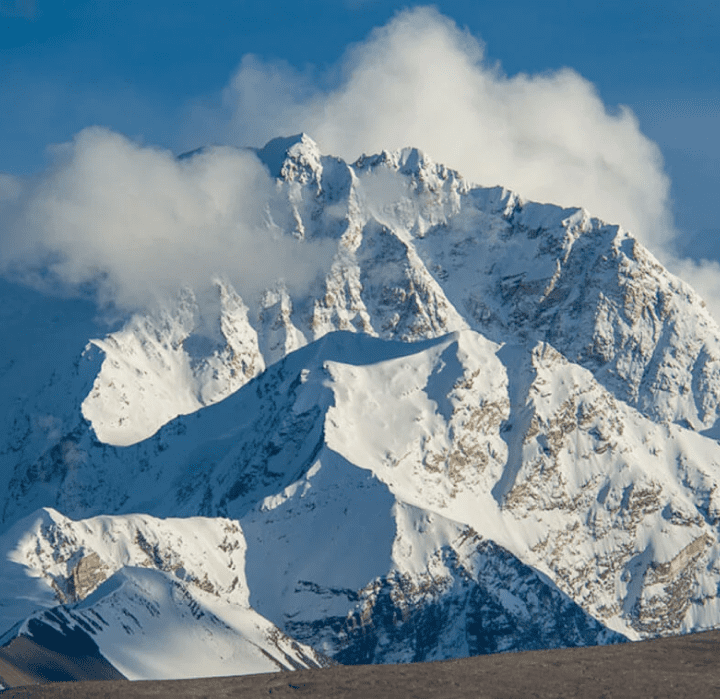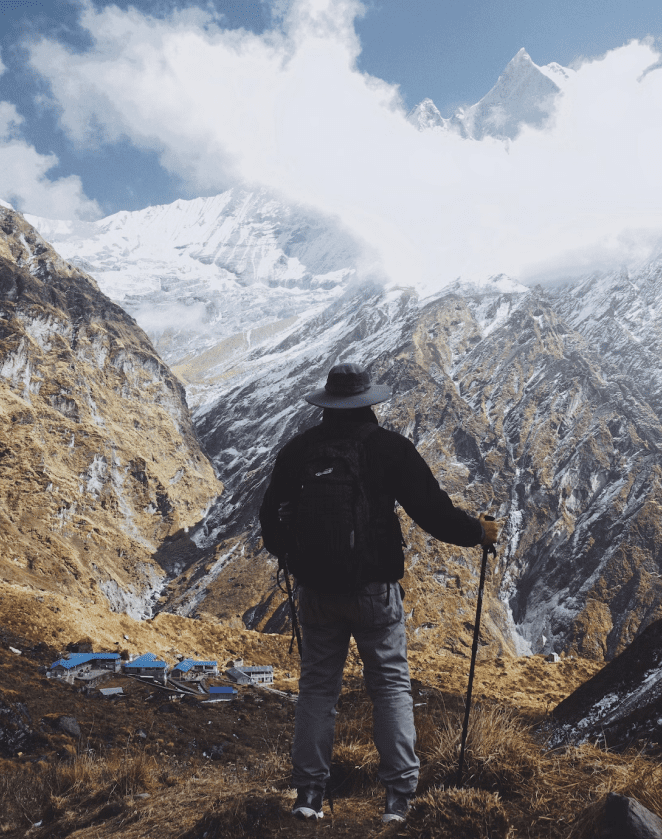Shishapangma is known for its beauty and holds special significance as a holy mountain for Tibetans. Before China opened Tibet to western mountaineers in 1978, very few people were aware of Shishapangma.
Being the youngest among the peaks above 8000m, it stands among the fourteen mountains in the high Himalayan ranges that surpass this height. Over time, numerous climbers have successfully reached its summit.
The standard route you mentioned is the North West normal route, which involves ascending relatively easy angled snow slopes, typically ranging up to 35 degrees with one steeper section.
Fixed lines are usually installed on steeper or crevassed sections of the route for safety.
The Shishapangma expedition plan involves acclimatization in Zhangmu and Nyalam, which are important steps in adjusting to the altitude before proceeding further.
Once adequately acclimatized, the team arrives at the base camp located at 5000m. Here, final preparations and acclimatization walks are conducted.
For the logistics of the expedition, yaks are used to transport the expedition gear from the base camp to the Advanced Base Camp (ABC) situated at an altitude of 6,300m.
This process is crucial in ensuring that the necessary equipment is available at higher altitudes where the climbing becomes more challenging.
Shishapangma, with its stunning beauty and cultural significance, offers climbers the opportunity to engage in a challenging and rewarding mountaineering experience.
The combination of natural grandeur and spiritual reverence makes it an alluring destination for those seeking to conquer its heights.



